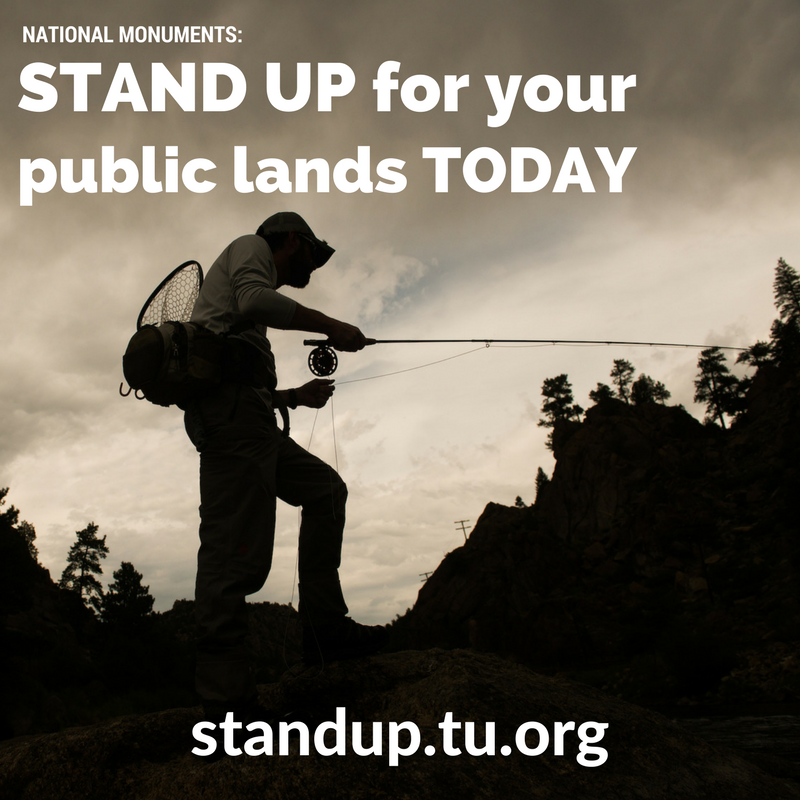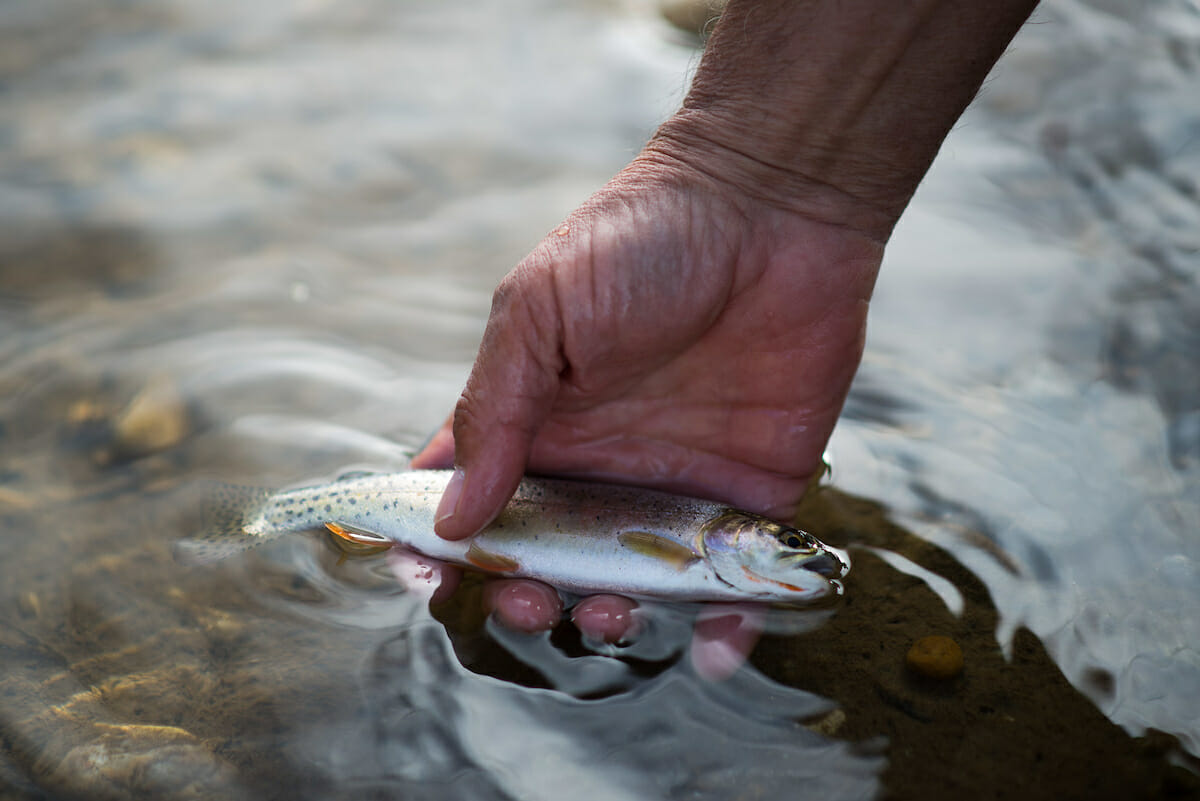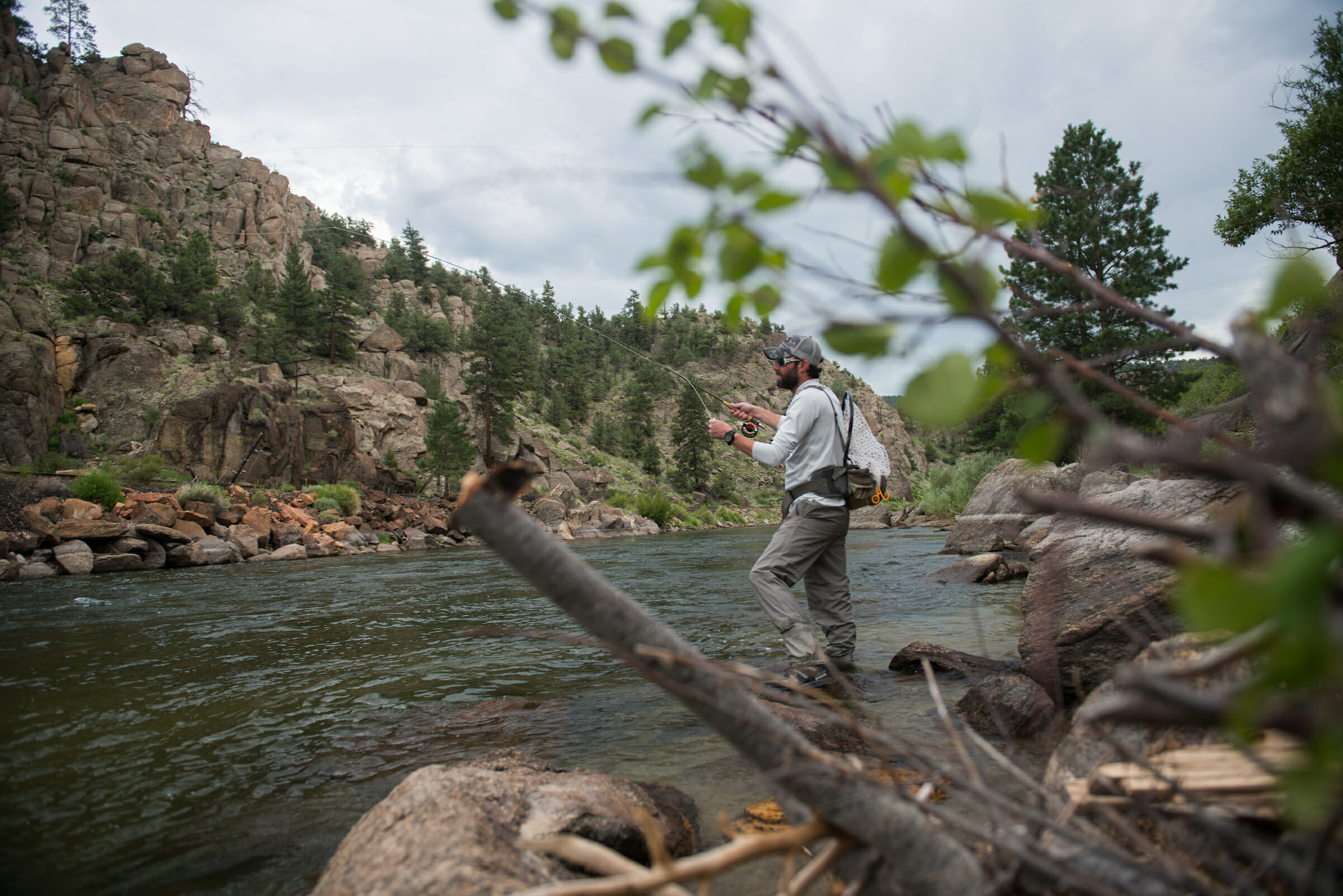On April 26, Pr
esident Trump
ordered Secretary of the Interior, Ryan Zinke to conduct a review of national monuments more than 100,000 acres designated since 1996. The executive order further instructed the Secretary to provide “recommendations for such Presidential actions, legislative proposals, or other actions.”
On Monday, Secretary Zinke released an interim report detailing his finding for Bears Ears National Monument in Utah and making recommendations, the most notable of which is for the boundary to be “revised through the use of the appropriate authority.”
In other words, President Trump should cut the size of the national monument.
Secretary Zinke’s didn’t specify how many acres should be removed from the monument – those specifics will be included in the full report due in August – but the action could have far-reaching implications for public lands and jeopardize national monuments throughout the country.
Take Action to Support National Monuments
What are national monuments?
 National monuments are a flexible type of designation for public lands (and only public lands) that can be tailored to allow for broad access to a variety of uses and honor existing rights, including oil and gas leases, public access, hunting, fishing, grazing and rights-of-way in ways that are compatible with identified values in need of protection.
National monuments are a flexible type of designation for public lands (and only public lands) that can be tailored to allow for broad access to a variety of uses and honor existing rights, including oil and gas leases, public access, hunting, fishing, grazing and rights-of-way in ways that are compatible with identified values in need of protection.
How are national monuments designated?
National monuments are unique in that the Antiquities Act allows them to be created either by Congress or the President. Since Theodore Roosevelt signed the Antiquities Act into law, this tool for conservation has be used by 16 presidents – 8 Republicans and 8 Democrats – to protect some of America’s most iconic landscapes and maintain hunting and fishing opportunities.
In many cases, national monument designations have occurred in response to Congress failing to act on legislation despite overwhelming local support. When Congress is unable to take action on conservation initiatives, the Antiquities Act allows the President to see these proposals through to fruition. And that is why the prospect of President Trump reducing the size of a national monument is so concerning.
Take Action to Support National Monuments
Why the concern over the proposals to modify national monuments?
 National monuments proposals like Browns Canyon are often the result of collaborative efforts to negotiate the future management of public lands, with all interests giving a little to get a lot for the greater good. A national monument designation provides certainty that carefully crafted compromises that solve public land management challenges will be carried forward in good faith.
National monuments proposals like Browns Canyon are often the result of collaborative efforts to negotiate the future management of public lands, with all interests giving a little to get a lot for the greater good. A national monument designation provides certainty that carefully crafted compromises that solve public land management challenges will be carried forward in good faith.
Modifying national monuments after-the-fact erodes this certainty and undermines the Antiquities Act itself.
Of what good is a conservation designation for public land that can be modified or eliminated at the mere whim of a future administration? About as good as a hook-less fly.
Is there precedent for modifying monuments?
While on occasion a handful of presidents have diminished the size of national monuments, none have done so since the passage of the Federal Land Policy and Management Act in 1976, which reserved for Congress the authority to modify or revoke national monuments.
If President Trump acts on Secretary Zinke’s recommendation and unilaterally attempts to shrink Bears Ears National Monument, not only will it be legally suspect, it will set a precedent that could open the door for other monuments to be diminished, jeopardizing special places like Rio Grande del Norte, Katahdin Woods and Waters, and Cascade-Siskiyou.
While Monday’s announcement was focused solely on Bears Ears, each of these monuments (and 23 others) is also under review and recommendations will be made for these monuments in August when the full report is due. Today’s recommendation is a concerning harbinger for what may come of these national monuments and the important fish and wildlife resources that they conserve.
What’s next?
 At this point, Secretary Zinke’s recommendations are without force and will need to be acted upon by President Trump. We hope that the President sees the folly in this approach and that it would undermine a public land legacy that goes back to Theodore Roosevelt. Instead of attempting to rescind or modify any national monuments, it would be much more constructive to chart a different path that supports our public land hunting and fishing heritage.
At this point, Secretary Zinke’s recommendations are without force and will need to be acted upon by President Trump. We hope that the President sees the folly in this approach and that it would undermine a public land legacy that goes back to Theodore Roosevelt. Instead of attempting to rescind or modify any national monuments, it would be much more constructive to chart a different path that supports our public land hunting and fishing heritage.
This can be done by developing balanced management plans for national monuments and by applying the following tenets to new national monument designations:
-
The monument proposal must be developed through a public process – one that includes hunters and anglers, as well as appropriate state and local governments.
-
The monument proclamation must clearly stipulate that management authority over fish and wildlife populations will be retained by state fish and wildlife agencies.
-
Bureau of Land Management and U.S. Forest Service lands must remain under the authority of a multiple-use focused land management agency.
-
Reasonable public access must be retained to enable continued hunting and fishing opportunities.
-
The input and guidance of hunters and anglers must be included in management plans for national monuments.
-
Important fish and wildlife habitat must be protected.
-
The proposal must enjoy support from local sportsmen and women.
-
Sporting opportunities must be upheld and the historical and cultural significance of hunting and fishing explicitly acknowledged in the monument proclamation.
These tenets can were developed by numerous hunting and fishing organizations and business and detailed in the report, National Monuments: A Sportsmen’s Perspective.
How can I get involved?
As part of the Department of the Interior’s review, over 1 million Americans have commented support for national monuments – you can add your voice by visiting TU’s action center.
Learn more:
-
TU Blog: Spotlight on Monuments and the Antiquities Act: Monuments 101
-
Letter to Congress signed by over 100 hunting and fishing business
-
Letter to President Trump from the CEOs of five national sporting groups
-
TU statement on Interior Secretary recommendations



